Your daily dose of Product Management Goodness
Want to know more?
We would love to hear your questions and suggestions for topics you would like to see covered in our future blog posts, so don't be shy and get in touch!


Pricing Strategy
Pricing is a strategy, not just a number Too many product teams treat pricing as an afterthought - they come up with a number some time near launch when asked “how much is it?”. Pricing should be something we start thinking about at ideation and build a strategy for through to launch. Think of products such as the HP inkjet - it’s priced using a penetration and premium model (printers are low price to penetrate the market, ink is high price to generate profit). This pricing model directs design decisions (e.g. make printers with different ink cartridge design to protect the market from a third party ink manufacturers). It’s clearly thought about way in advance. And it’s not an isolated case - think of google with a free to use search engine and the ad words business. Don’t think of a number just before launch!
read more

Do Product Management have power
???
A question that comes up frequently on the basis that we often have significant responsibility for our product. So, don’t we need enough authority to execute our responsibilities? The short answer is no - product management is a role of influence rather than direct control. We influence leadership teams to invest in products, right the way through to influencing sales teams to focus on our product. So how do we gain influence? Through evidence - coherent and compelling market research. Want to secure that 7 figure investment from your leadership team? Compelling evidence is what it takes. Remember, no one is really interested in the opinion of the product management team, they’re interested in the evidence you bring from the markets you serve.
read more
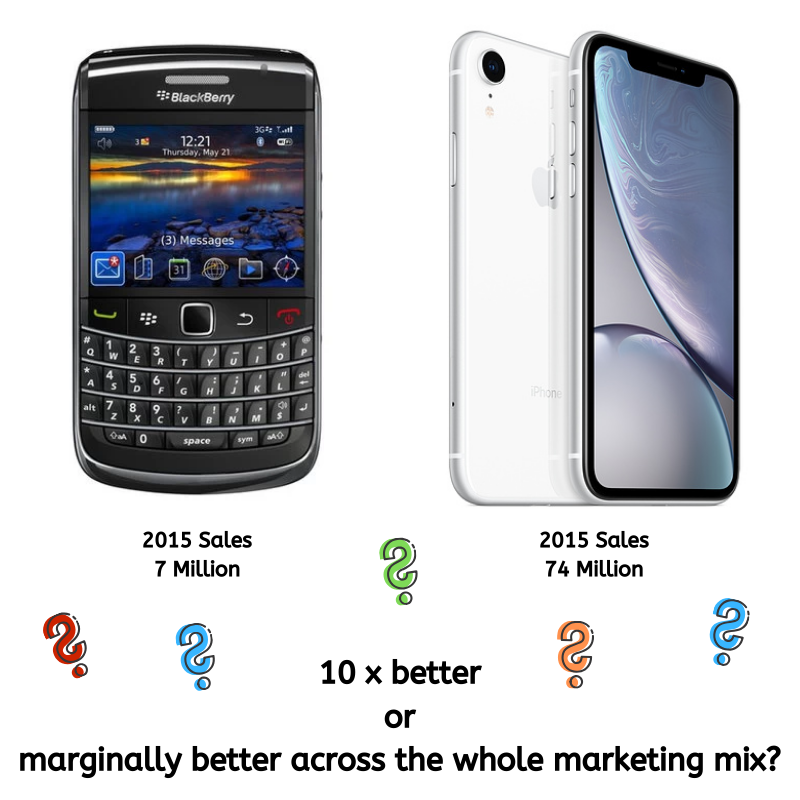
Marginal Improvement
I recently worked with a team who had a 5% market share and falling vs a competitor at 35%. Simple question – what should they have done? To answer this Product Managers first need to establish how competitive their product offer is. It’s very easy to think the competition is too far ahead by looking simply at market share, but that’s not always the full picture – it could be that the competitor is marginally better, and that marginal advantage turns into market dominance (i.e. most customers choose the competitor because it’s ever so slightly better). So before throwing your product away and starting again, think about a marginal improvement program.
read more
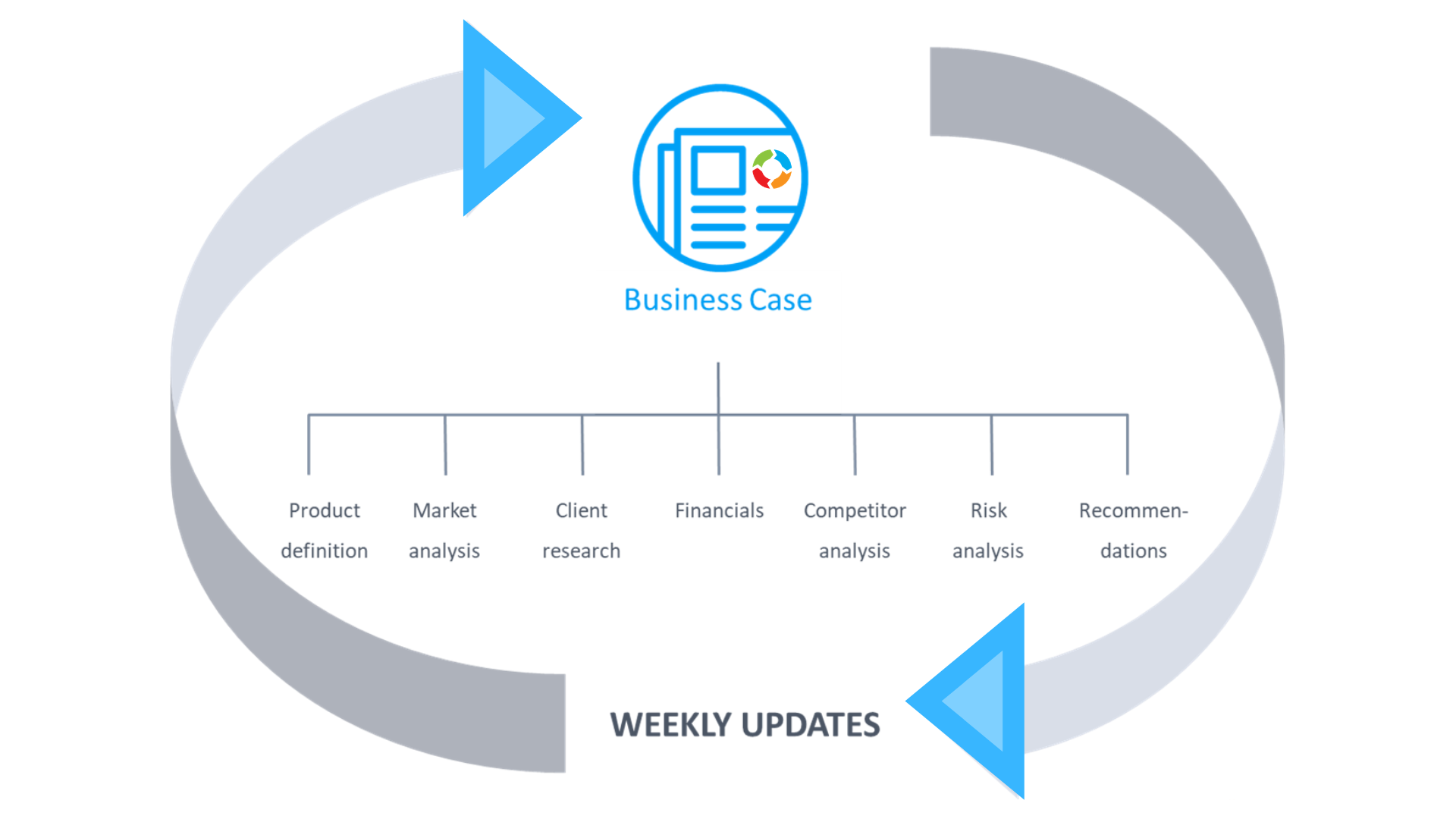
Maintaining business cases
Maintaining a business case
How many of us build out a business case to get our product funded and then simply forget it? It worth remembering that the business case changes as conditions change; customers, markets, competition, risks, numbers, etc all can change. To build the business case once and then forget it is to neglect this fundamental of change. And if we build the business case and forget it, we’re building a product for historical market conditions – what our markets used to look like.
Simple product management tip – make a habit of reviewing your business case and updating it – 15 minutes per week where you record any new information that you’ve uncovered over the last 7 days so you always have an up-to-date record.
read more
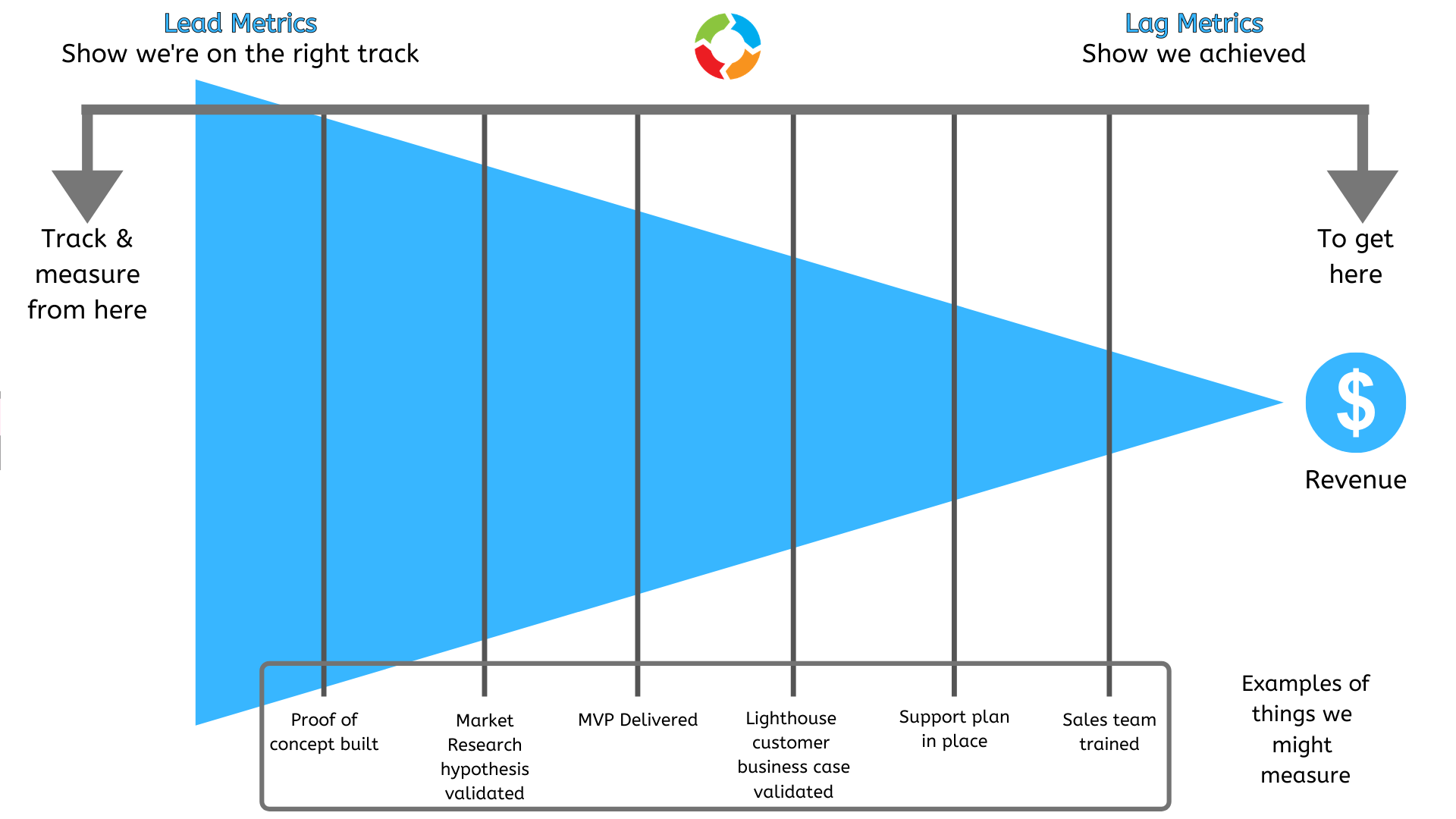
Product Funnel
Building the product funnel
Sales team often think of sales pipeline – a tool that enables them to describe where customers are in the sales process from initial contact through to closed. It helps the sales manager build a robust forecast, track progress within the sales team and give an early indicator of issues – no new leads in the pipeline won’t affect this quarter but will impact the next. Product managers can adopt this technique too – building a product funnel that helps them visualise how their product is tracking. Think of building a suite of metrics that don’t just measure success (e.g. revenue, profit), but also lead metrics that show we’re heading in the right direction (e.g. Lighthouse customer reference, product launch date, customer feedback, etc). This gives confidence that your tracking to plan.
read more
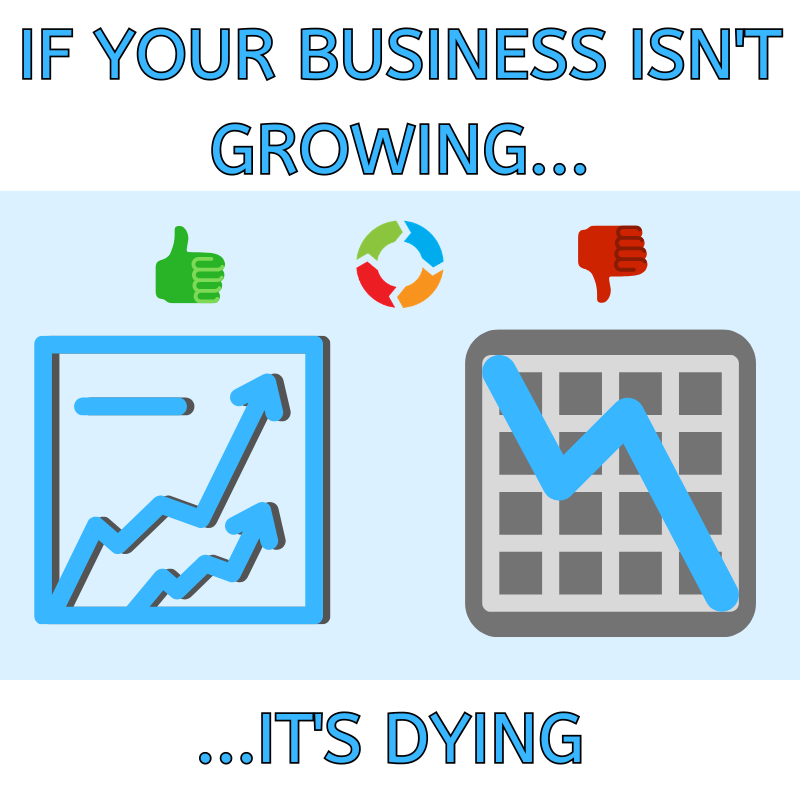
Growth and it's importance
Why is growth so important?
We all want our business to grow, but how important is it? Growth is much more than a nice-to-have. It’s a fundamental for success; competition is a daily reality and without growth, you are offering opportunities for others to establish in your markets. Think of it like this, over 20,000 tech businesses were registered across Europe last year alone. That’s 20,000 more reasons to grow before they start to take a share of your business. Growing isn’t about greed, it’s about survival.
read more
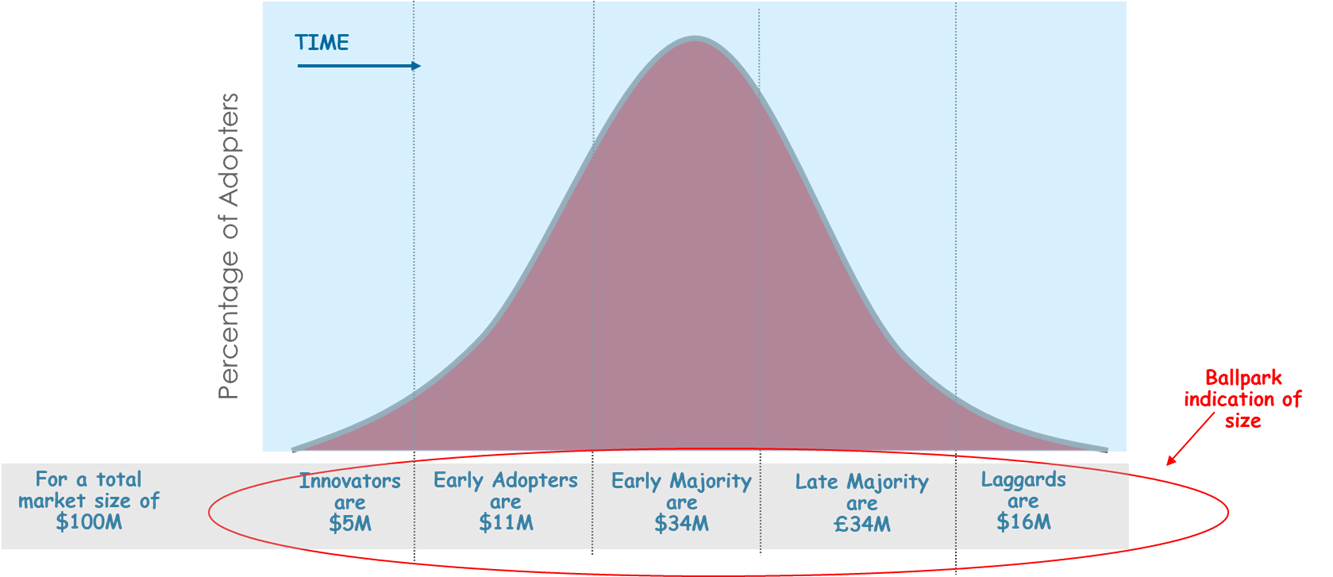
Life-cycle
You can’t size a product opportunity without knowing about Life-cycle
A recurring theme in my world is a frustration in many organisations about their inability to forecast. It’s pretty obvious why we need to do this – if you can’t scale an opportunity then you can’t right-size the organisation. But I constantly meet teams where the forecast is orders of magnitude wrong. Fundamental to this is lack of understanding life-cycle – a model that describes how a market turns on and off over time as different types of users buy in to your product. The main point being that a market is not available on one day – some customers buy in early, some much later. Think of this as an adoption model and when you’re trying to build a revenue forecast your Total Addressable Market is limited to that stage of life-cycle your product is in. For example, a $100M market won’t be bigger than $5M in the introductory phase until some lighthouse customers have bought in.
read more
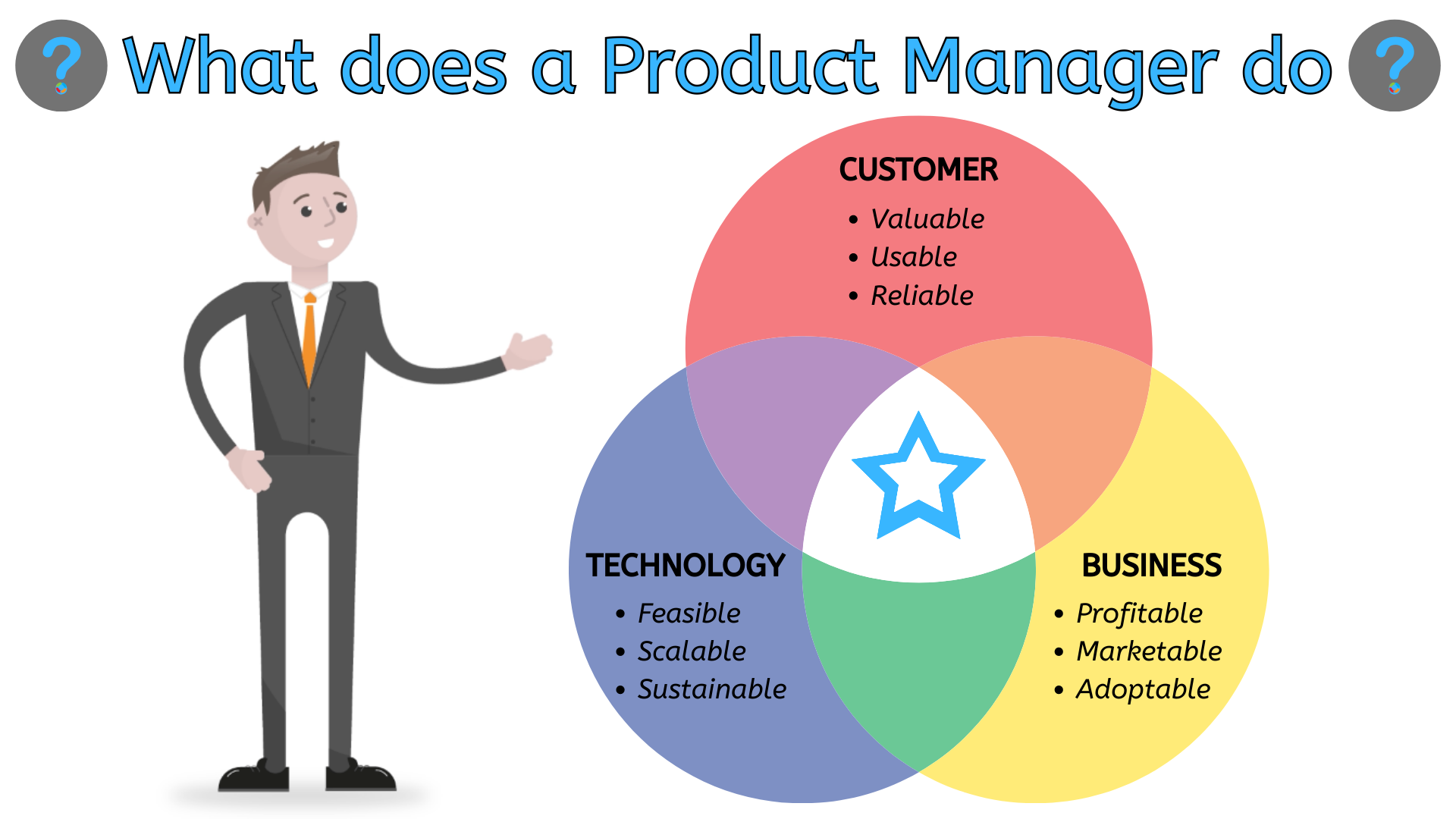
What does a Product Manager do?
It’s a question we’ve answered many times before, but this was presented to me a while ago and I thought it was a great way of simply describing our job. We sit at the interface of customers, technology and our company, and we try to deliver solutions that meet a real customer need whilst addressing both the goals of the business and tech capability. Put simply, we solve market needs while achieving business goals.
read more
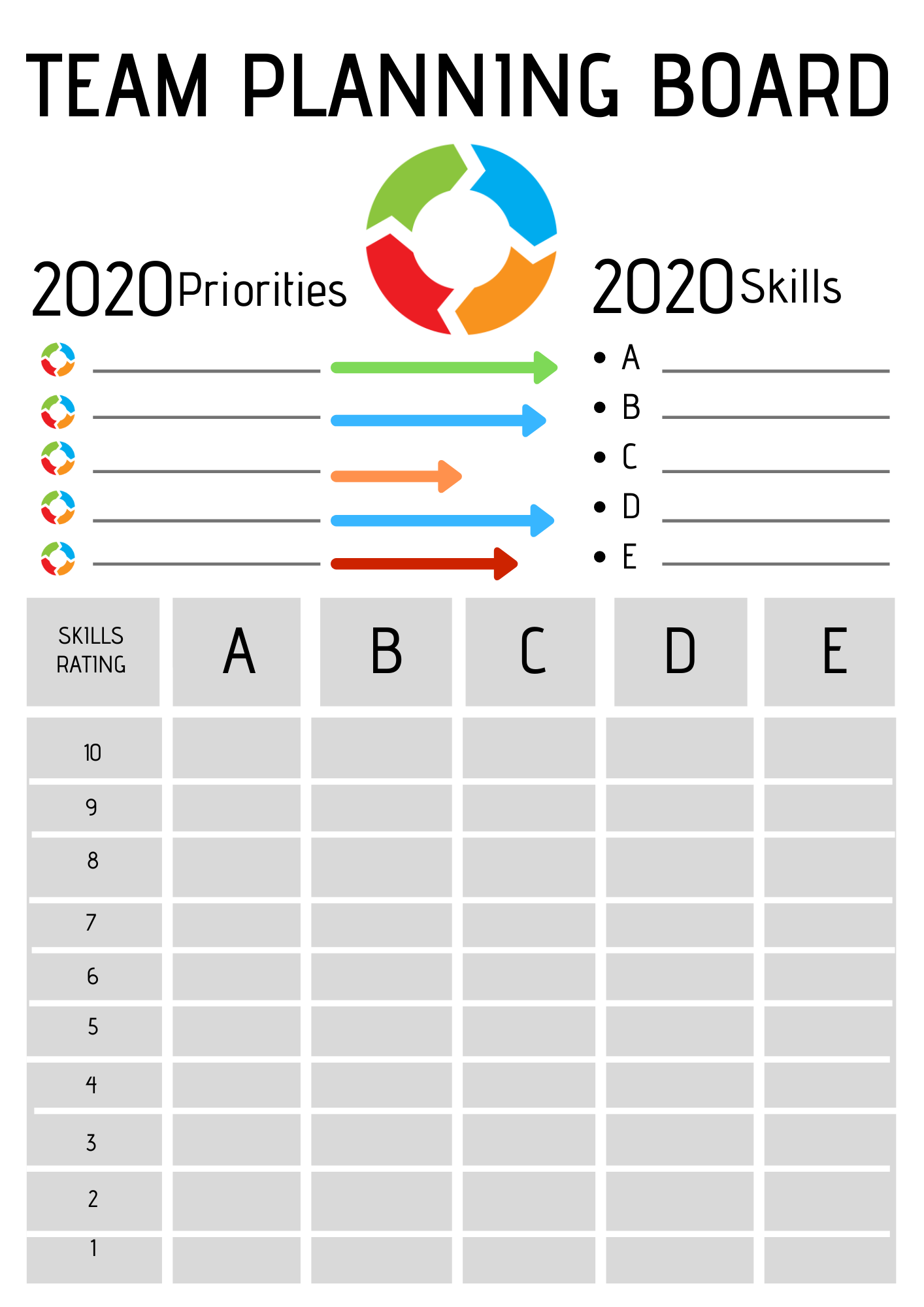
Team Skills
We often talk about what the ideal product manager has in terms of skills. But on a more practical level, we need to make the most of the team we have - optimise their skills to meet the needs of our business. To help, we use our team planning tool and follow four steps:
1. Work out the priorities for your team – what do the team need to deliver over the next 12 months?
2. Define the skills needed to help deliver on the priorities – it will only be a subset of the full Product Management skillset
3. Build the skills curves. Work out how capable each team member is vs the skill. Build the PM and the team skills curve
4. Close any skills gaps with training, coaching or support.
It helps focus your training and coaching on what really matters
read more

Make the first ten words count!
Getting your message across
I’m working with a team on messaging this week. I’m struck by how complicated many product managers make their message – I often have to spend an hour trawling through brochures and slides to get any sense of their product and I’m told ‘it’s complicated’ . Think of this from a customer perspective – if your product doesn’t grab their attention immediately then they’ll move on – they’re busy people with a thousand other things to do. To fix this, think of a newspaper article – great content is wasted if there isn’t a compelling headline to draw you in or an image that captures your attention. When messaging to customers make those first ten words count!
read more

Launch your solution
When do you start to launch your solution?
You are delivering a solution not just a product. A lot of companies make the mistake that they are purely building products and as soon as they are ready, then they can release. But the solution is larger than this, it is scaling your delivery and support teams are ready. This includes:
- Consultants prepared
- Marketing campaigns understood. Advocates ready to help with communication, organise your PR
- Sales enablement complete and sales teams trained
- Support Desk trained and the SLA’s (Service Level agreements) and OLA’s (Operational Level Agreements) are in place
- Product ready. Are you going to trial/pilot?
- Solution feedback mechanisms are in place
- All teams are trained and ready to answer customer queries about the solution, using the right value proposition
As soon as you have had the approval for the project to go ahead, and you have secured the budget for development, the next step is bringing together your stakeholder group from around the company. Build a checklist of all the activities and add owners from the stakeholder group. Have the stakeholders keep you updated with progress, you are not to deliver on their behalf!! The success of the solution will depend on the support of the business.
read more
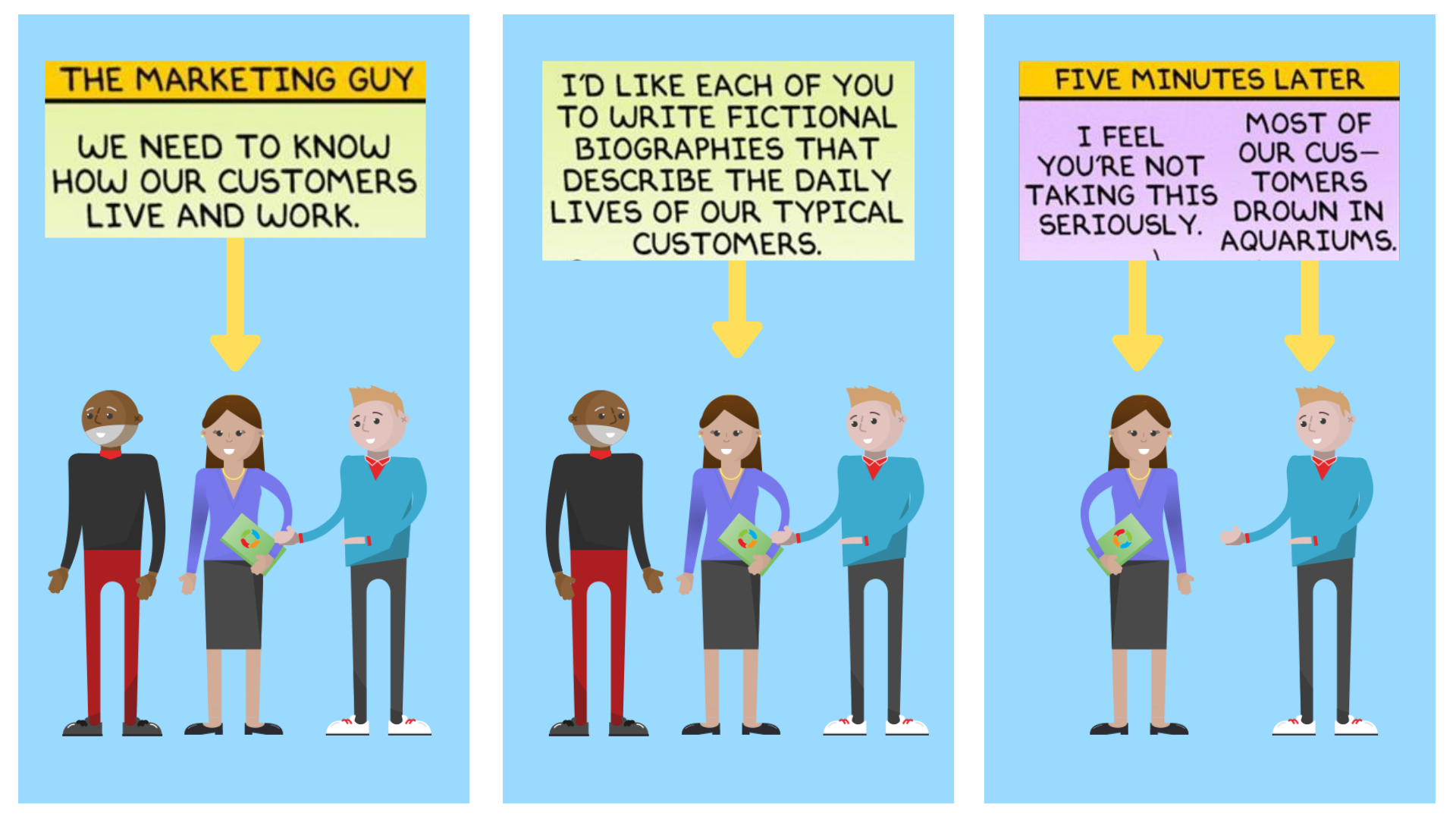
solving small customer problems
How much of your customers day is consumed with activities that involve your product or service?
Imagine you build a successful product that help shopkeepers manage inventory. A typical train of thought for the Product Manager looking for growth is “Who else has an inventory problem that I can sell to”. This is completely valid, but you could also look for growth by answering a different question “What else keeps shopkeepers busy?”. The downside of this is pretty obvious – you’ll need new products to meet the new needs you identify. But before you discount it, think about the cost of taking your ‘off -the-shelf’ product to a new market – there’s likely to be development costs, plus building channels and reputation is an expensive business. It’s always tempting to look at customer wins as flags on a map when in reality what we’ve won is a small share of their spend by solving a small problem in their world – we’ve not planted a flag, we’ve secured a small piece of the pie.
read more

Staying ahead of our competitors
How can we as Product Managers use marginal gain to ensure we always stay ahead of our competitors ?
First gaining prominence with Sir Dave Brailsford, Performance Director for Team Sky, the UK’s professional cycling team, he pushed the team to search for the 1% in hundreds of tiny areas that were overlooked by their competitors: they looked at more obscure areas such as taking their favourite pillows on tour to get the best night’s sleep and teaching riders how to wash their hands to avoid illness and time off training. They were relentless in their pursuit of marginal gains and it paid off.
What can we learn from this? Lots of small gains that in isolation mean nothing can add up to remarkable aggregate improvements over time. Think of apple and blackberry handsets – a product that is marginally better across the piece translates into a hugely dominant market performance.
Marginal gains in your product can mean the difference between success and failure, because when product deals are won, it can be on the smallest of margins.
read more
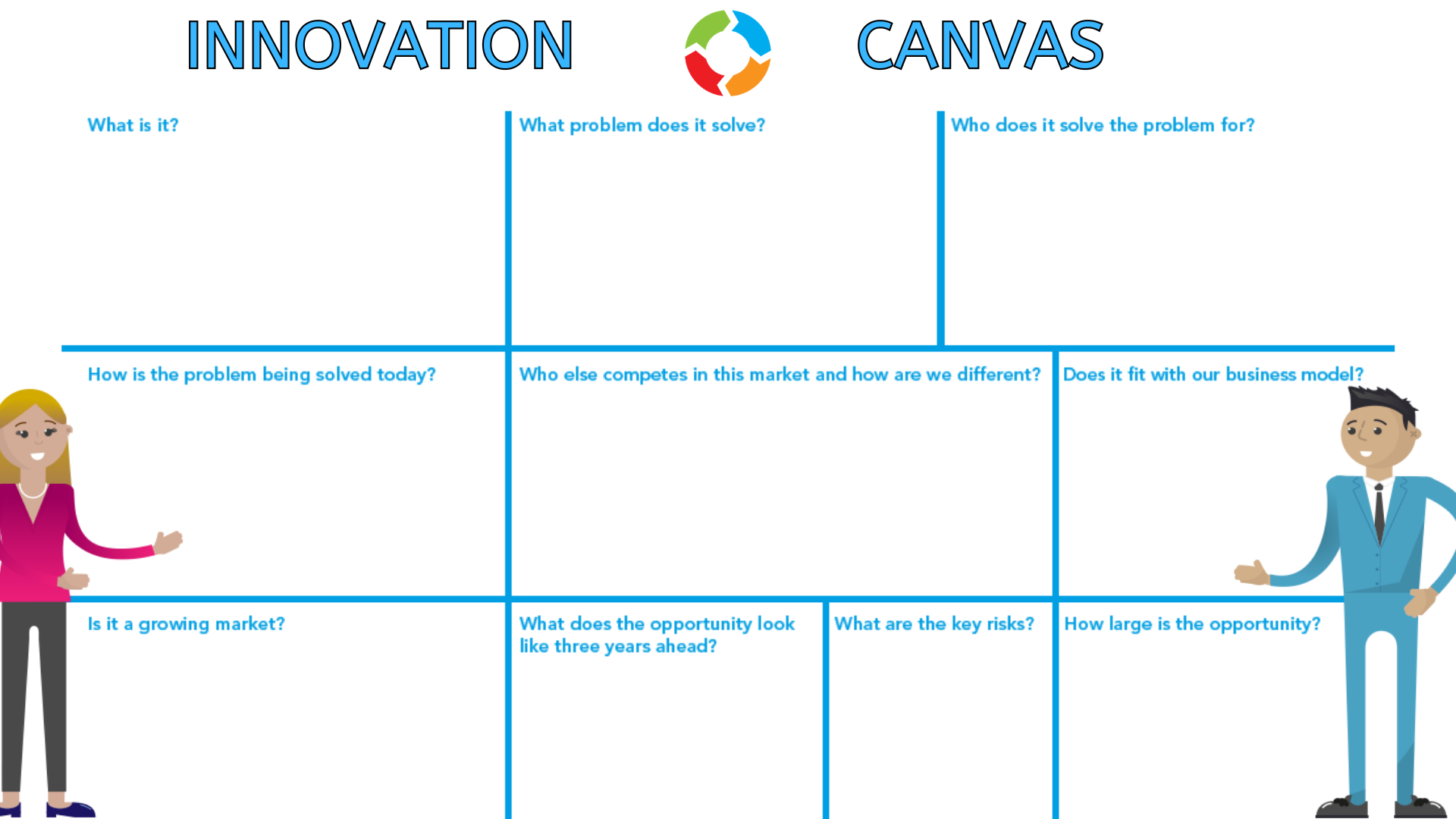
NO quickly and cleanly
Getting to ‘no’
Sales teams often talk about ‘getting to yes’, but for Product Managers I’d argue that getting to ‘no’ is just as important when managing new ideas. In fact, getting to ‘no’ quickly and cleanly is a really useful skill. I’ve lost count of the number of times I’ve seen products blown off course by deals being won that created more distraction than dollars – dev teams burning huge resource to try and fit what’s been sold into what’s already been built.
The key to rejection is to act quickly (wait too long and expectation builds) and logically (saying ‘no’ without rationale just won’t work).
My advice? ASAP spend 20 minutes with an innovation canvas and establish if that new idea really makes sense before support for it builds – a fast ‘no’ is so much more positive than a slow and reluctant ‘perhaps’.
read more
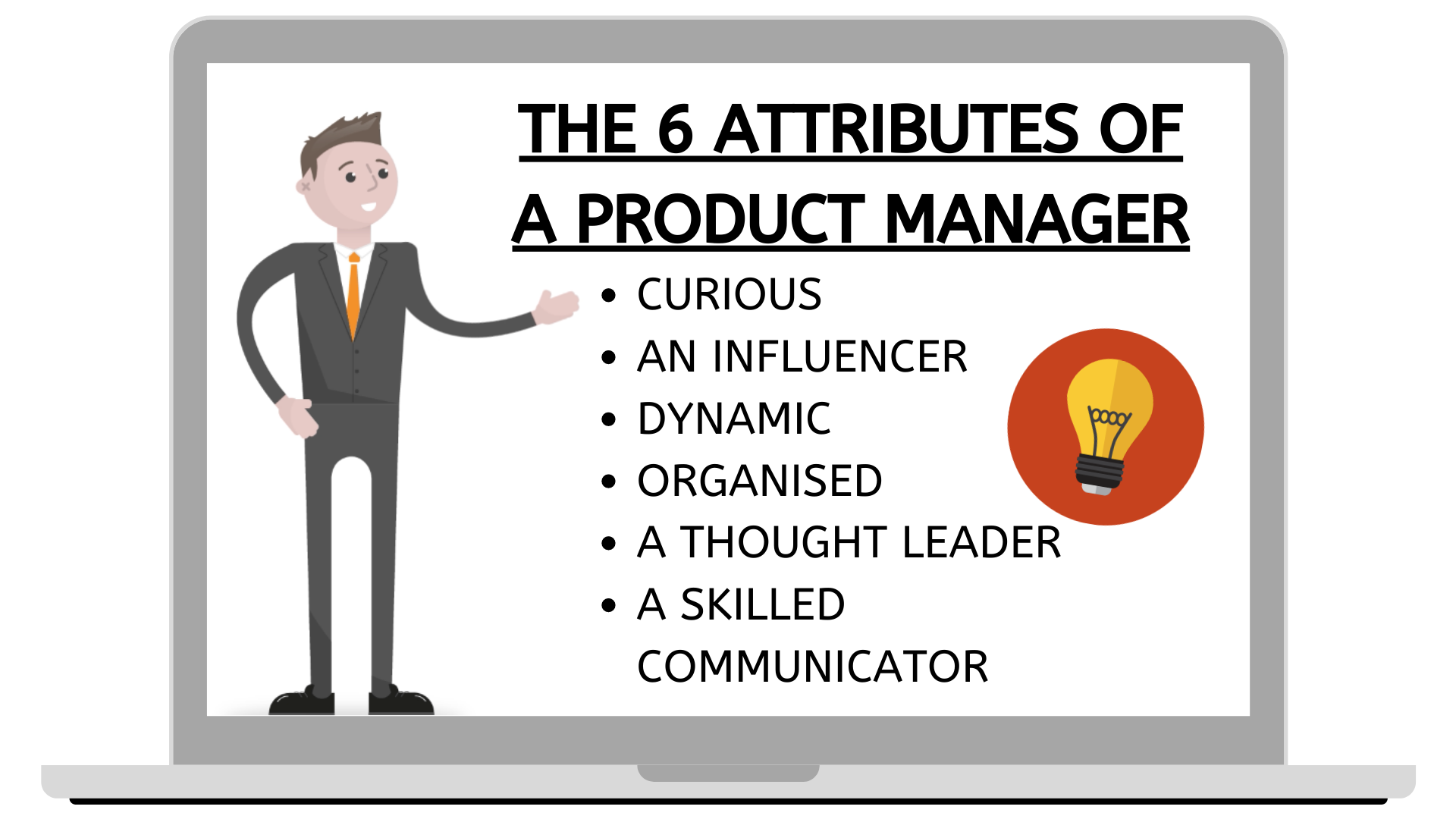
Product Management potential
Question: How can you spot Product Management potential? You know the type of scenario – that person who’s doing a great job in support/presales/etc is looking for a move, has no Product Management background, but do they have potential? Here are the six attributes to look for:
Curiosity - Has a natural curiosity for the product and eager to dive into the details (technology, markets, regulation, customers, competitors, etc).
An influencer - Is an Influencing and inspiring individual who is through their charismatic attitude able to drive and lead progress whilst creating a positive working environment.
Dynamic – They are a proactive problem solver, with a can-do attitude and can take the team with them.
Organised - Is disciplined and organised. They have a structured approach and utilise process effectively to get the job done. They are structured in their way of managing information.
A thought leader - Is able to distil complex information down into an insightful and compelling narrative..
A skilled communicator - Needs to be clear, concise and credible in their communication, being able to deliver a message in a few words with complete clarity.
read more

Presentation OVERLOAD
Don’t overload you presentation
I recently sat through a presentation torture – a product manager with slides full of 10 point font! It was an hour of staring at the back of a the persons head as they read their own slides. I understand why this happens - nervousness. They think “I’ll never remember everything I need to say so I’ll write in it the deck as support”. But the problem when they present is that either the audience just read the slides or the presenter reads for them - both are pretty dull and completely unengaging.
Remember, slide decks are a presentation aid, they do not tell the full story and probably make little sense without the presenter. So use them as an aid – three or four big statements per slide that gives your presentation structure and direction.
read more

The right language
Talking the right language
Ever feel your message isn’t getting through to your customer? It could be that the message is wrong, but often it’s not the message, but the delivery – language that doesn’t resonate with your target market. Here’s a simple example; you want to encourage your children to exercise more. Which statement is more likely to work: ‘ Shall we go for a long ride on our bikes to improve our cardiovascular fitness’ or
‘Let’s see who can get muddiest on the canal path!
’’Simple rule of product management – when you talk to your customers, speak in a way that makes sense to them not in language that impresses your boss!
read more
Check out the Archive